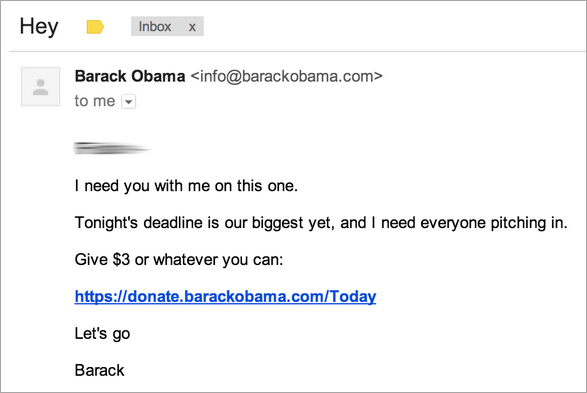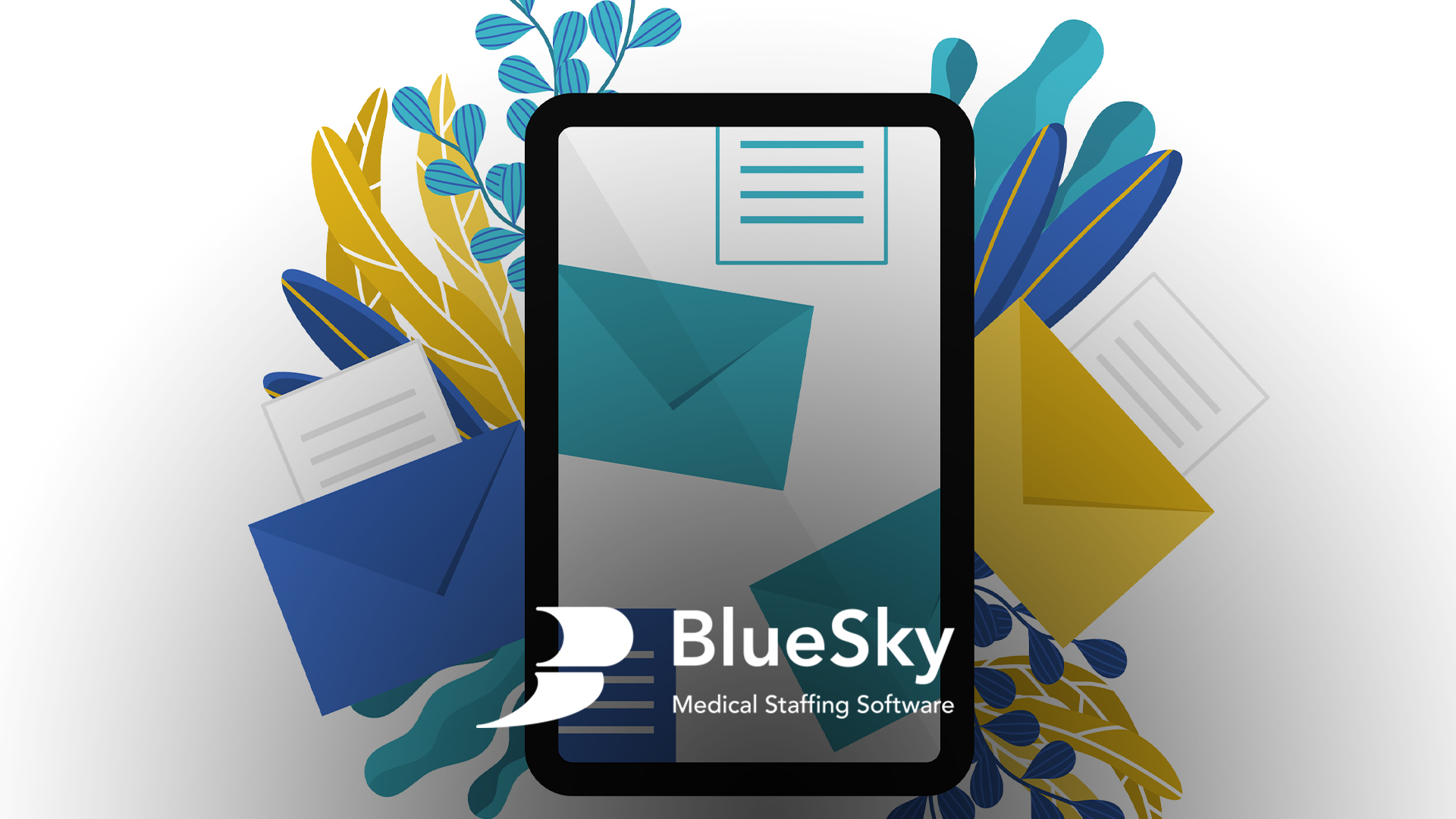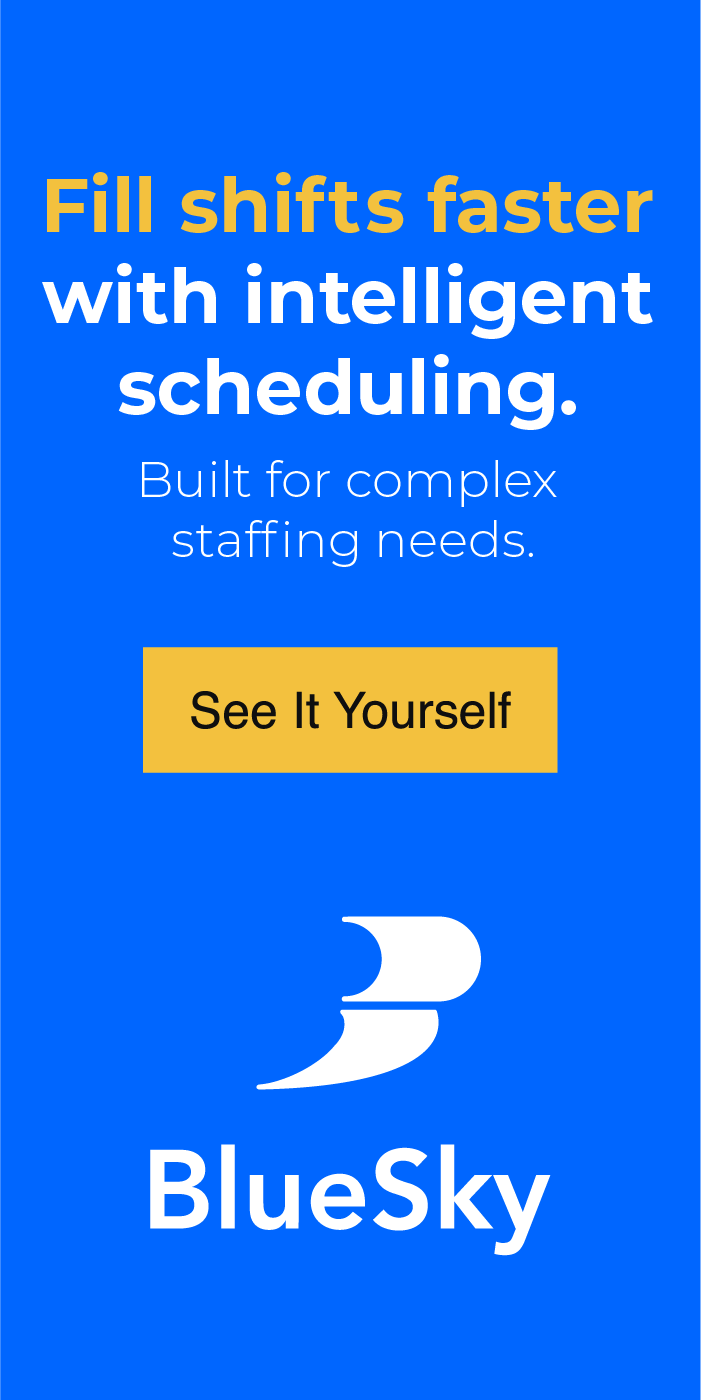Social media might get the headlines, but research shows that email is still the best way to engage candidates.
85% of recruiters rely on email as their top channel to contact and build relationships with talent. Email is still number one.
With over 144 billion emails sent every day, the challenge is standing out in the inbox. How can you craft messages that get opens, clicks, and replies?
We’ve pulled together 7 tried and tested recruiting email strategies all backed by data that will help you cut through the noise:
Try not to rely on FirstName for personalization, sometimes you won’t have it.
FirstName isn’t enough. Candidates are pretty wise to the existence of mail merge tools that input their first names into emails. If this is the extent of your personalization, you’re not impressing anyone. Research suggests that consumers are actually turned off by marketing messages that rely on these basic inputs. In a recent study led by Temple University Fox School of Business, as many as 95% of customers responded negatively when an email ad greeted them by name.
What does this mean for your email outreach?
It doesn’t mean you should stop using basic personalization. But it does mean that you should think harder about how you provide candidates with a personalized experience. Whether you’re contacting candidates for the first time, or nurturing them with relevant content, you should go beyond FirstName. Look for the things that other recruiters will miss:
- What college did they attend?
- What causes do they support?
- What are their interests outside of work?
- What about your organization will really appeal to them?
This blend of professional and personal is a more effective way to build a relationship and often leads to far better response rates.
Everyone likes the sound of their own name.
Remember that a person’s name is, to that person, the sweetest and most important sound in any language. -Dale Carnegie
Recent research shows that reading our names in print activates the brain. In other words, we become more engaged when our name appears in emails.
This means that adding a candidate’s name to the subject or closing section of your email can be an effective way to catch their eye.
I know what you’re thinking: We just ran through some of the problems associated with basic personalization and how it appears to candidates.
The important point here is not to rely on FirstName getting the job done by itself. Your message needs to be effective and personal. It has to be able to stand on its own two feet, little tricks like this are just the icing on the top.
Three is the magic number and the best number of paragraphs for email.
The brain is delicate. Research shows that the brain enjoys being presented with 3 choices, whereas four choices can trigger skepticism and anything higher can lead to confusion.
How can you use this to maximum effect?
Try breaking your message into 3 short paragraphs, offering 3 different timings for a potential call, or even using 3 different adjectives to describe your company. The rule-of-thirds is in a lot of psychology for marketing and design, keep it in mind when you build the email template design for the best effect.
Sign off with the right CTA and even provide the deadline to respond.
The way you sign off each message is crucial. You need to give candidates a clear next step. You’re sending that message for a specific reason, usually to draw attention to a job or opportunity, so make sure the candidate knows that!
Possible next steps could involve:
- A simple ‘reply’
- A follow-up call
- An on-site interview
- A future conversation
Being vague won’t help you convince a great candidate to come in for an interview. According to research by psychologist Robert Sutton, people are more responsive and willing to help if they’ve been given clear directions.
How can you put this into action?
Be specific with your next step. If you’d like to arrange a call, provide a few times that work and ask the candidate to select one. This reduces the mental energy that candidates need to expend answering your message, and makes it far more likely that they’ll respond.
Send your emails at the right time, on the right day and in the recipient’s timezone.
According to data gathered by Yesware, you’ve got a better chance of having your emails opened and replied to if you send them on a weekend when there is less competition in most industries. ALWAYS be industry specific and audience oriented with this though. IT talent and Medical talent likely hold different working hours, out of habit.
Sometimes it’s true that Sunday evening works the best. People tend to be preparing for the week ahead and have time to read and respond to your messages. Burning the midnight oil, and contacting candidates after 8 pm can also work well. Experian Services found that emails sent between 8 pm – 12 midnight had the highest open rate.
Again, this time block isn’t as widely used by other companies so there’s less “noise” out there for your messages to compete with.
Whatever time you choose, make sure you test whether it’s a fit for your audience candidates. Late night emails only work if the people you’re contacting are online at that time. Testing a few different times is the only way to get a clear answer.
Pro tip
Sending late night email doesn’t mean you have to work late. There are a host of tools and plugins that let you schedule emails in advance – Boomerang is our personal favorite. But be careful about spamming, even those seeking work are not happy to receive 50 emails a day about it.
Ask us about the BlueSky software features that integrate with your email marketing platforms for the most efficient process.
Get the subject line right, this is the ONE moment you have to capture attention.
There’s a ton of research out there on subject lines. Literally tons. The question we get see the most though is: How long should the subject line be?
Well, it looks like there’s just one area to avoid. 60-70 characters. The “dead zone”. According to research by Adestra, which tracked over 900 million emails for its report, there is no increase in either open rate or clickthroughs at this 60-to-70 character length of a subject line. After this, the optimal length of your subject line depends on your business goals. If you’re looking for candidates to click on content that you’ve included in your email, subject lines 70 characters and up perform best. If you’re purely interested in open rates, shorter subject lines below 49 characters can be a better option, with subject lines of 10 characters or fewer averaging an open rate of 58%.
For an interesting, real world and non-recruiting example of how consumers react to shorter subject lines, we can refer to the political campaign of Barack Obama.

He saw incredible engagement with subjects like “Hey” and “Wow.”
Ultimately it boils down to this:
- Long for clickthroughs
- Short for opens
What are you optimizing for?
Optimize for mobile devices, you’re literally losing money if you aren’t doing this by now.
66% of emails are opened on mobile devices – if you ignore the way that your messages appear on mobile phones, you’re ruining the experience for two-thirds of your audience. People spend far less time actually reading emails on mobile devices. 40.5% of iPhone users spend 0-3 seconds reading emails. This means that brevity is crucial. There’s no room for waffle, you need to get straight to the point in your email.
If your team is using branded templates in their email campaigns, it’s important to check that the templates are mobile-responsive. This just means that it looks “normal” on your device. This is standard for email templates nowadays but check with your design or marketing team if you’re unsure.
—
BlueSky Synergy is the parent company of BlueSky Medical Staffing Software (www.whatisbluesky.com), Nurse Backpack (www.nursebackpack.com) and RapidHire Tool (www.rapidhiretool.com).
BlueSky Medical Staffing Software is an applicant tracking system, vendor management software, nurse and staff scheduling tool with invoice/payroll capabilities in one suite for contingent labor management.

